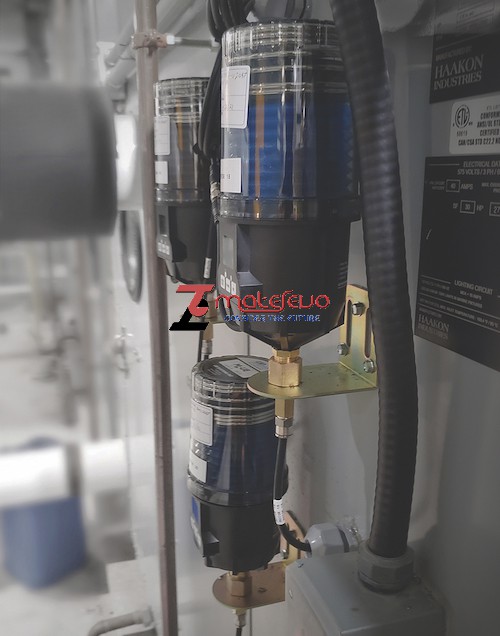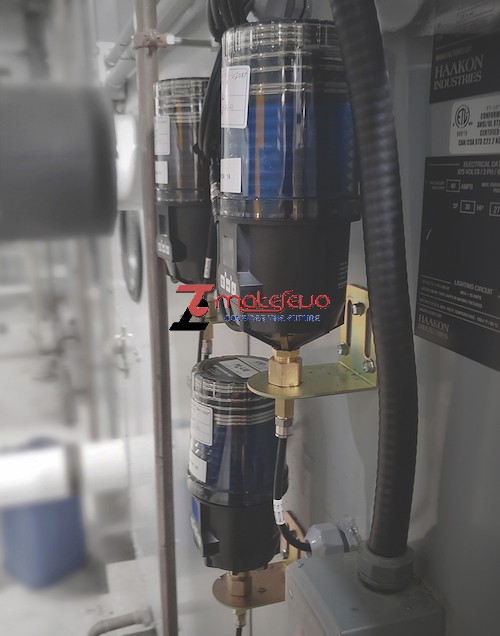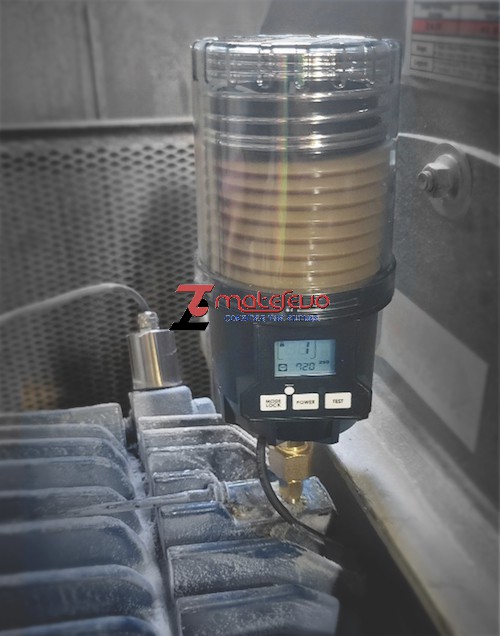Author: 超级管理员 Time:2022-11-12 13:51:24 Read:1167
Lubrication-related activities can influence an estimated 40 percent of total maintenance costs, making it crucial to get right. This means lubricating equipment with the correct lubricant at the right time, with the right amount. Automatic lubrication alone certainly is not the solution to all your lubrication issues. It must be properly understood to boost its potential benefits. Let’s discuss what must be considered before installing an automated lubricator on a piece of equipment.

Amount of Grease Needed
Verify the amount of grease that should be supplied to the unit on an ongoing basis. This can be estimated by calculating grease volume and frequency required per lubrication event (based on element dimensions). In high-temperature applications, such as those  commonly found in steel mills, some bearings may need to be lubricated every day or even every few hours. While this is an extreme example, it’s easy to see that it would require a veritable army of technicians to perform manual relubrication on hundreds of bearings every day, thus making automatic application the preferred method.
commonly found in steel mills, some bearings may need to be lubricated every day or even every few hours. While this is an extreme example, it’s easy to see that it would require a veritable army of technicians to perform manual relubrication on hundreds of bearings every day, thus making automatic application the preferred method.

Placement of Supply and Pressure-Relief Piping
Ensure the supply and pressure relief fitting isn’t obstructed. Check that the system does not shake appreciably, and if it does, then arrange for remote (indirect) installation. Make sure the feed lines are short enough with a large enough ID so that the lubricator can overcome whatever line loss may exist. Verify that the selected lubricant can accommodate ambient temperatures in the surrounding area.
Importance of Inspections
Instead of removing the manual relubrication work assignment, modify the assignment to require an inspection and verification of effective unit operation, and include a cursory  component inspection in the work order.
component inspection in the work order.
Regular inspection will help ensure the best results from an automated system. Inspection also will help to identify installation issues (damaged fittings, leaking or blocked pipes, lubricators not dispensing at the right pace, etc.) and spot when it’s time to change or refill lubricants (unless your system sends alerts through a cloud-based system).

When it comes to manual application, the trick is to apply the maximum amount of grease without overgreasing, thereby maximizing the relubrication interval. While this works for some less critical grease-lubricated components, most applications benefit from more frequent application or could be harmed by large application volumes. While you could choose to simply lubricate these components frequently, the associated labor cost would likely position you to favor automatic lubricators.
To accurately determine which lubricated components would be good candidates for automatic applicators, you must understand the factors that cause a need for frequent relubrication, such as excessive temperature, high speeds and contamination.
Deploying an automatic lubrication system is a carefully chosen investment. To ensure an abundant return on that investment, you must choose a solution based on the requirements and criticality of the application. Typical solutions range from inexpensive single-point automatic lubricators to complex systems that use bearing friction to dispense the correct amount of grease automatically.
BearingNewsQQ: 16865630
Phone:+86-133-0626-7474
Tel: +86-512-5510-2558
Email: info@materevo.com
Add:江苏省昆山市陆家镇华夏路2号2F厂房